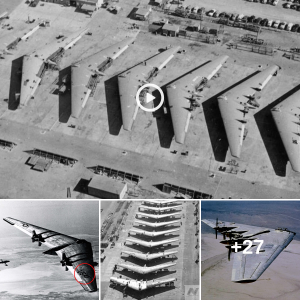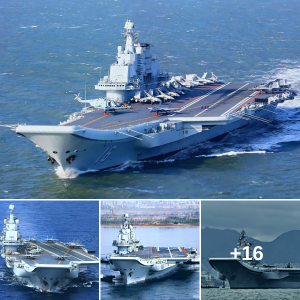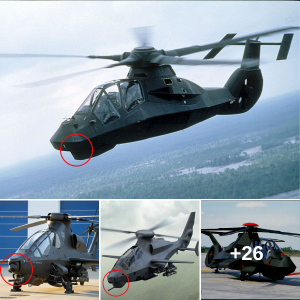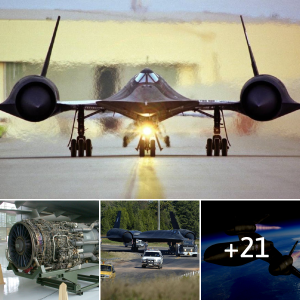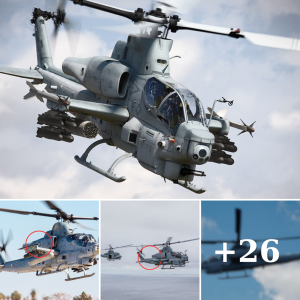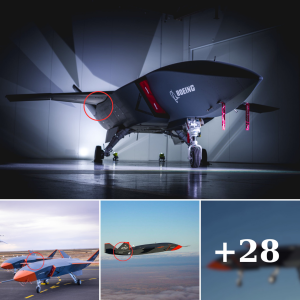After an absence of many years, US Air Force F-15 Eagles have returned to the RAAF’s Pitch Black air combat exercise, held in the Northern Territory in August and September.
In recent years, US Air Force participation in the exercise has been in the form of F-16C Fighting Falcons from either northern Japan or South Korea, but the 2022 event saw six F-15Cs from the 67th Fighter Squadron “Fighting Cocks” deploy to Darwin for Pitch Black 2022.

The 67th FS is one of two squadrons within the 18th Wing at Kadena on Okinawa flying the 1980s vintage F-15C Eagle. While other American fighter squadrons are transitioning to the F-35A Lightning II, the fate of the 18th Wing is as yet unclear and may hinge on US Government funding for the Boeing F-15EX – an updated and multi-role variant of the F-15C.
The Eagle is unsurpassed as an air superiority fighter and has suffered no losses in actual air to air combat, indeed one of the aircraft deployed to Pitch Black 2022 wore ‘kill’ markings from the Middle East conflict.
“They’re one of the older fighters that we’ve got in the US inventory, but it is still very potent aircraft,” explained F-15 pilot Captain Ross Kohler in a break between Pitch Black sorties.
“It’s air superiority-driven specifically so no bombs for us, but we carry up to eight air-to-air missiles and 940 rounds of 20mm ammunition in our Gatling gun. So, it’s a very capable aircraft that’s meant to get high, fly fast and kill other airplanes and we’re pretty good at doing it,” he said.

During Pitch Black the F-15Cs of the 67th FS flew both Red (Defensive Counter Air) and Blue (Offensive Counter Air) missions during the Large Force Employment (LFE) phase, with a tempo of four-turn-four for the day and night waves.
“When we’re flying as Blue air we’re flying as Eagles,” CAPT Kohler said. “Red Air have a whole set of special instructions as far as what threats they want us to replicate and how they want us to replicate them.
“Figuring that out now in an exercise is a much better place to do it than when we have to respond to some type of contingency. So, I think that’s a huge benefit for all of us – both on the operations and the maintenance sides, because our maintainers have gotten a chance to work with the Singaporeans quite a bit and they have worked with the Republic of Korea Air Force (ROKAF) as well.”
